
Java Servlet & JSP Cookbook Bruce W. Perry
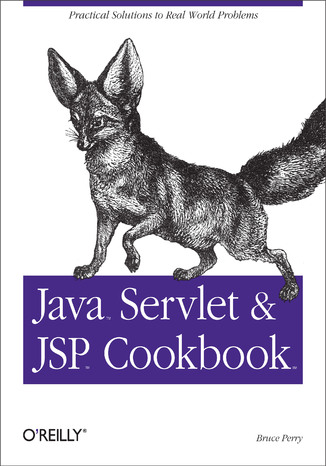

- Autor:
- Bruce W. Perry
- Wydawnictwo:
- O'Reilly Media
- Ocena:
- Stron:
- 748
- Dostępne formaty:
-
ePubMobi
 opcje wysyłki »
opcje wysyłki »
Opis
książki
:
Java Servlet & JSP Cookbook
With literally hundreds of examples and thousands of lines of code, the Java Servlet and JSP Cookbook yields tips and techniques that any Java web developer who uses JavaServer Pages or servlets will use every day, along with full-fledged solutions to significant web application development problems that developers can insert directly into their own applications.Java Servlet and JSP Cookbook presents real-world problems, and provides concise, practical solutions to each. Finding even one tested code "recipe" that solves a gnarly problem in this comprehensive collection of solutions and best practices will save hours of frustration--easily justifying the cost of this invaluable book.But "Java Servlet and JSP Cookbook" is more than just a wealth of cut-and-paste code. It also offers clear explanations of how and why the code works, warns of potential pitfalls, and directs you to sources of additional information, so you can learn to adapt the problem-solving techniques to similar situations.These recipes include vital topics like the use of Ant to setup a build environment, extensive coverage of the WAR file format and web.xml deployment descriptor, file-uploading, error-handling, cookies, logging, dealing with non-HTML content, multimedia, request filtering, web services, I18N, web services, and a host of other topics that frustrate even the most seasoned developers.For Java web developers of all levels who are eager to put into practice the theory presented in other API-focused books, the solutions presented in this practical book will prove invaluable over and over again. This is painless way for less experienced developers who prefer to learn by doing to expand their skills and productivity, while accomplishing practical solutions to the pressing problems they face every day. More experienced developers can use these recipes to solve time-consuming problems quickly, freeing up their time for the more creative aspects of their work.
Wybrane bestsellery
O'Reilly Media - inne książki
Dzięki opcji "Druk na żądanie" do sprzedaży wracają tytuły Grupy Helion, które cieszyły sie dużym zainteresowaniem, a których nakład został wyprzedany.
Dla naszych Czytelników wydrukowaliśmy dodatkową pulę egzemplarzy w technice druku cyfrowego.
Co powinieneś wiedzieć o usłudze "Druk na żądanie":
- usługa obejmuje tylko widoczną poniżej listę tytułów, którą na bieżąco aktualizujemy;
- cena książki może być wyższa od początkowej ceny detalicznej, co jest spowodowane kosztami druku cyfrowego (wyższymi niż koszty tradycyjnego druku offsetowego). Obowiązująca cena jest zawsze podawana na stronie WWW książki;
- zawartość książki wraz z dodatkami (płyta CD, DVD) odpowiada jej pierwotnemu wydaniu i jest w pełni komplementarna;
- usługa nie obejmuje książek w kolorze.
Masz pytanie o konkretny tytuł? Napisz do nas: sklep@ebookpoint.pl
Książka drukowana





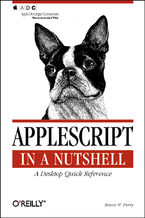
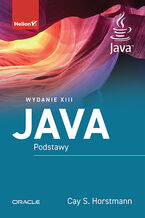

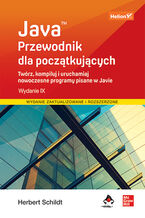
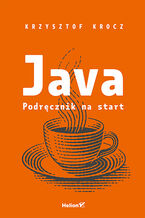
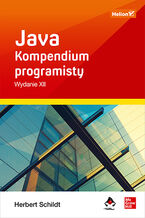
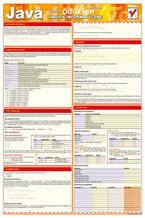



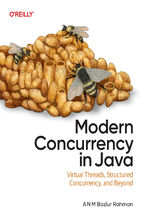







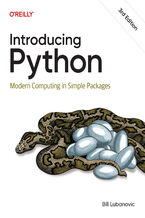
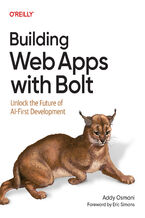

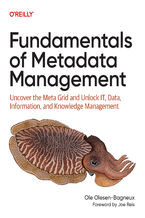


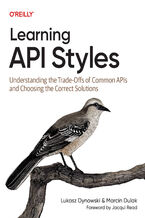
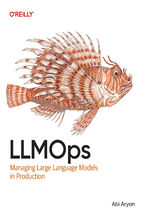

Oceny i opinie klientów: Java Servlet & JSP Cookbook Bruce W. Perry
(0)